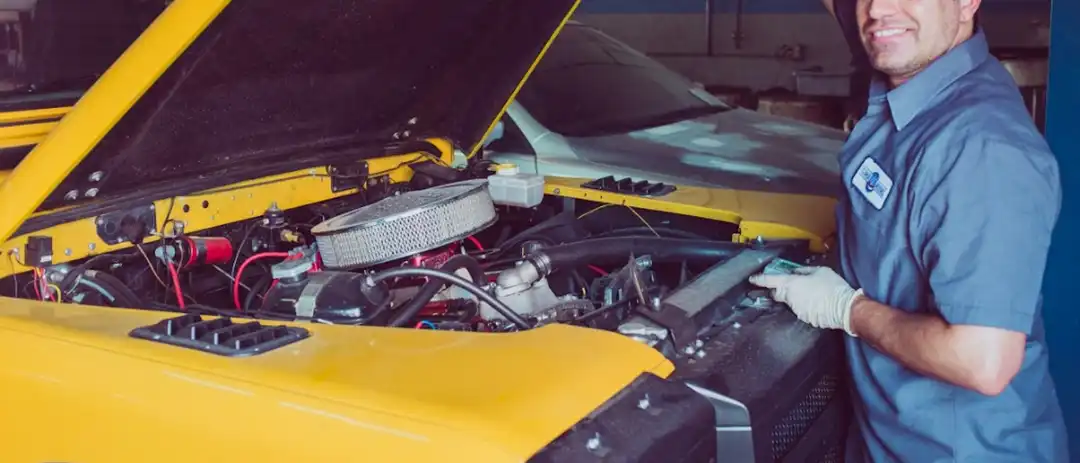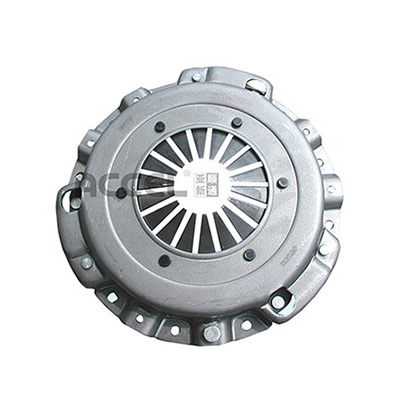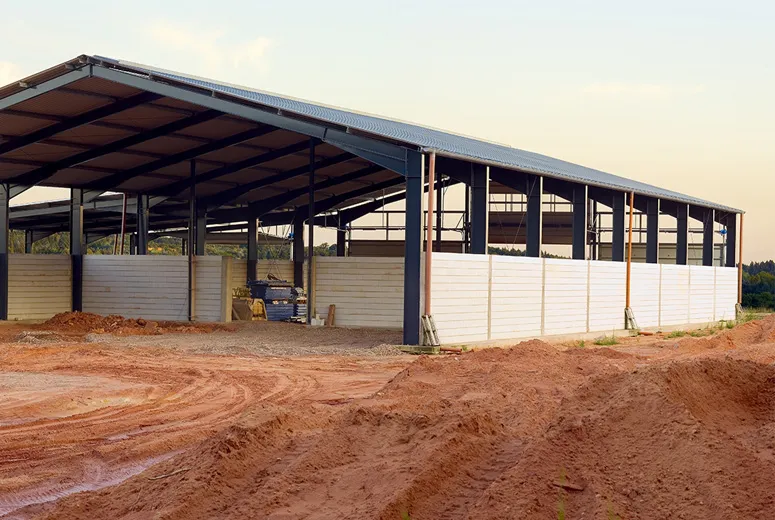We will calculate the wind load and snow load of the building to ensure the safety of the building, so please provide the local wind speed (m/s) or the metric area, km/h. If there is snow in winter and we are calculating for a complete design, please tell us how much snow there is on average in your area and if any larger events, such as ice storms or heavy rainstorms, have occurred recently.
· Steel buildings have a high strength-to-weight ratio, meaning they can support heavy loads without the need for additional structural support, making them a cost-effective option for warehouses that require large storage capacities.
One of the most compelling features of metal garage houses is their versatility. These structures can be customized to fit a range of aesthetic preferences and functional needs. Whether someone envisions a sleek modern design or a more rustic look, metal garage houses can be tailored to meet those desires. Potential homeowners can work with architects and designers to incorporate large windows for natural light, open floor plans for spaciousness, and even lofted areas for additional sleeping space or storage. The modular nature of metal construction allows for various layouts, making it easier to design a home that meets specific lifestyle requirements.
Installation Considerations


